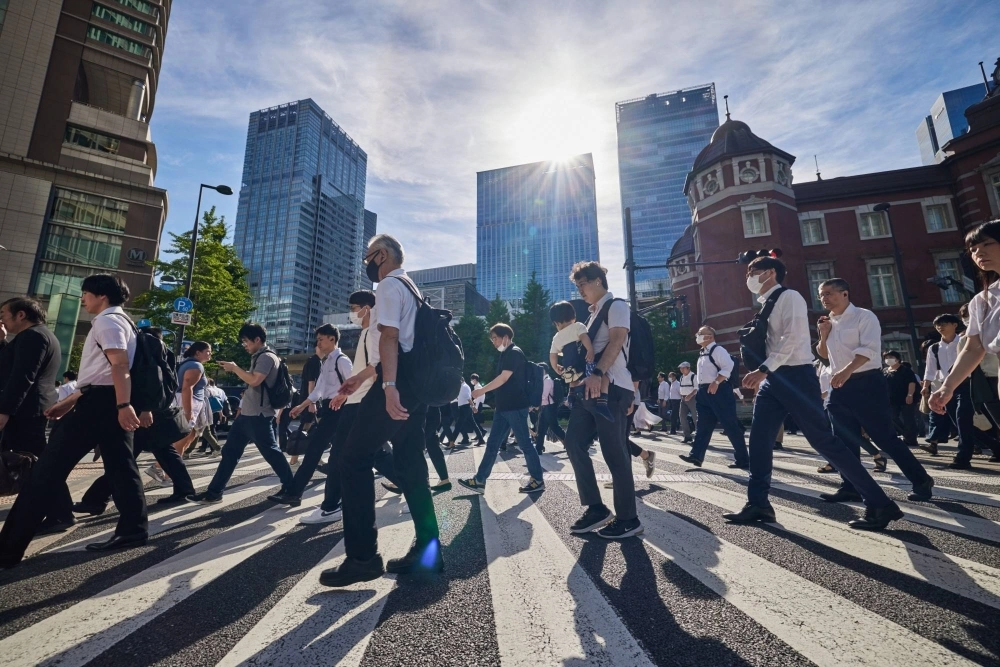Japan’s unemployment rate rose for the first time in four months in July, while a gauge of labor demand weakened slightly, in a pair of worrisome signals for both the Bank of Japan and the government.
The jobless rate increased to 2.7% from June, the ministry of internal affairs said Tuesday. Economists had expected the reading to hold at 2.5%.
The number of workers fell by 100,000 from the previous month, while those without jobs rose by 110,000. The jobless rate for women increased in all age groups, while it fell for men between the ages of 45 and 54 and between 15 and 24.


















With your current subscription plan you can comment on stories. However, before writing your first comment, please create a display name in the Profile section of your subscriber account page.